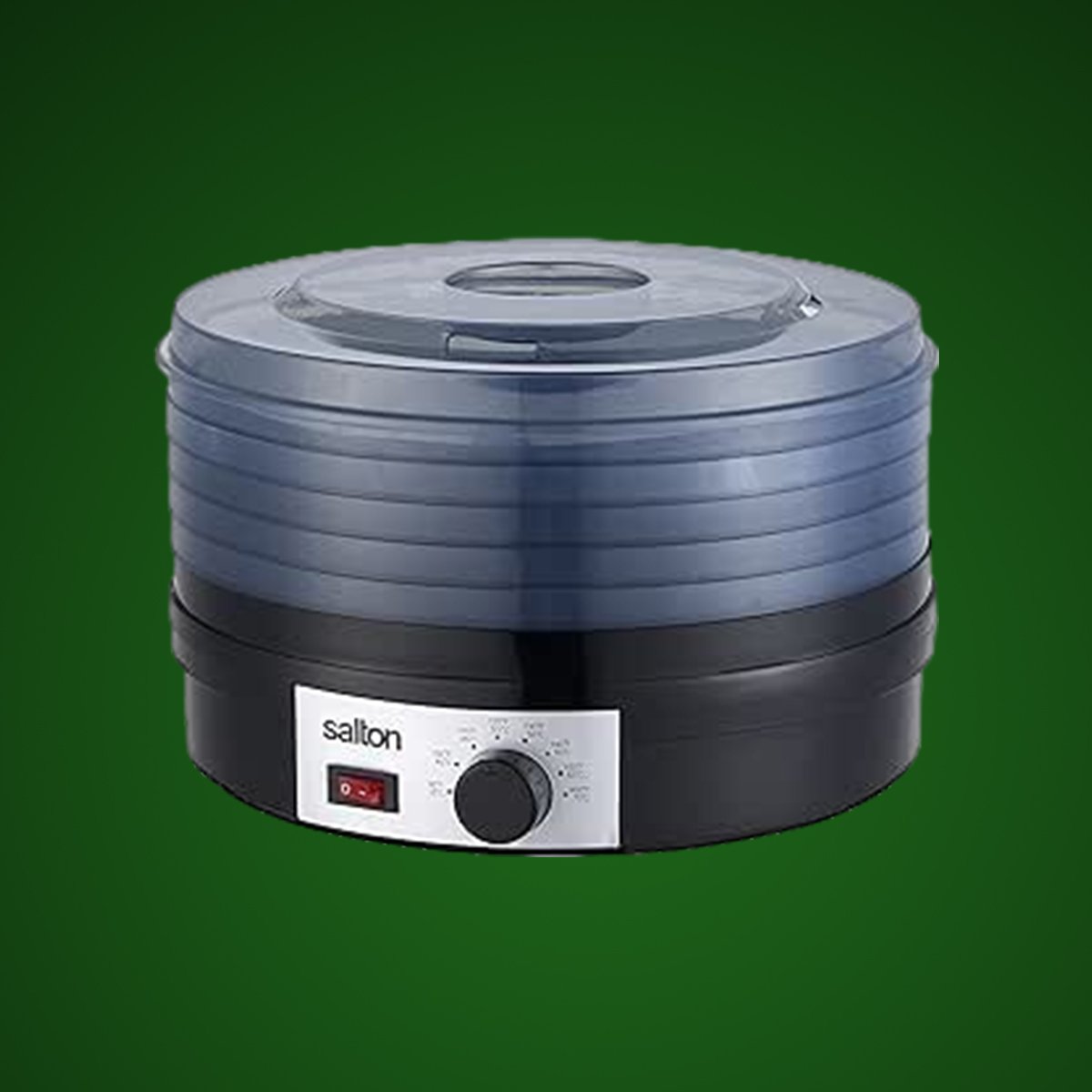5 Reasons Why You Should Always Dry Your 3D Printing Filament
3D printing is a fantastic way to turn your digital designs into real-life objects, but it's important to make sure that you're using the right materials for the job. One important aspect of this is ensuring that your filament is properly dried before use. Drying your filament before 3D printing is important because it helps to prevent a number of issues that can affect the quality and consistency of your prints. In this blog post, we'll go over 5 reasons why drying your filament is so important, and how to do it effectively.
5 Reasons To Always Dry Your Filament
Filament absorbs moisture from the air: Plastics, including filament, are hygroscopic, meaning that they absorb moisture from the air. This can be a problem when it comes to 3D printing, as the moisture can cause the filament to expand and contract as it is heated and cooled during the printing process. This can lead to warping and other issues with the printed object.
Moisture can cause poor print quality: In addition to causing warping, moisture can also lead to poor print quality. When the filament absorbs moisture, it can become more brittle, which can lead to the filament breaking or snapping during the printing process. This can result in failed prints or prints with visible defects.
Drying filament can improve print adhesion: If the filament is too moist, it may not adhere properly to the build plate or previous layers of the print. This can lead to the printed object becoming detached from the build plate or layers delaminating from one another. Drying the filament can improve adhesion and reduce the risk of these issues occurring.
Drying filament can improve dimensional accuracy: Moisture in the filament can cause it to expand and contract as it is heated and cooled during the printing process. This can lead to variations in the dimensional accuracy of the printed object. Drying the filament can help to minimize these variations and improve the overall accuracy of the print.
Drying filament can extend its shelf life: Filament that has absorbed moisture is more prone to breaking and can have a shorter shelf life. By drying the filament before use, you can extend its shelf life and get more use out of it.
Which Filaments Absorb The Most Moisture?
The most hygroscopic filaments are those made from thermoplastic polymers, such as nylon and polycarbonate (PC). These materials are highly absorbent and can easily pick up moisture from the air, which can affect their printing properties and result in failed prints. It is important to store these filaments in a dry place and use a desiccant to remove any moisture before printing.
PVA (polyvinyl alcohol) filament, commonly used as a support material, is also highly hygroscopic. It is water-soluble support filament that is an ideal choice for printing complex structures or overhanging parts that require support during the printing process.
Other filaments, such as acrylonitrile butadiene styrene (ABS) and polylactic acid (PLA), are less hygroscopic and are less likely to be affected by moisture. However, they can still absorb moisture over time, especially if stored in humid conditions. It is generally recommended to store all filaments in an airtight container with a desiccant to prevent moisture absorption.
So if you are planning on printing with Nylon/Polycarbonate/ABS/PLA/PVA, make sure you dry them properly.
Best Methods To Dry Your Filament
There are several ways to dry filament before 3D printing. One option is to use a filament dryer, which is a device specifically designed for this purpose. Filament dryers work by heating the filament to a temperature that is high enough to evaporate any moisture that it has absorbed. An alternative to a filament dryer is to use your kitchen oven or a food dehydrator.
Another option is to use a desiccant, which is a substance that absorbs moisture from the air. There are several types of desiccants that can be used for this purpose, including silica gel and clay. These can be placed in an airtight container with the filament to help remove moisture.
You can even use your 3D printer as a filament dryer. By placing a roll of filament on the print surface, covering it so it’s as close to air-tight as you can make it, and then setting the bed temp to 50-60deg C. This is a very easy, cheap, and effective way to remove the moisture from your roll.
It is important to note that the drying process can take some time, depending on the humidity and temperature of the environment and the amount of moisture that the filament has absorbed. In general, it is recommended to dry filament for at least a few hours, or even overnight, before using it for 3D printing.
Best Filament Drying Products
SunLu S1/S1 Filament Dryer
My personal choice is the Sunlu S1/S2 Filament Dryer. It’s a very simple device that you place your filament in, set your temp and drying time, and wait. Once it’s complete, your filament should be good to use. You can even print directly from the filament dryer by simply attaching a PTFE tube to it. There are many mods available for this printer, check them out here.
Where to buy?
Purchase the Sunlu S1 Filament Dryer: Click Here <— (Use Coupon Code: IGA5JDZLP0 to receive 10% off)
Purchase the Sunlu S2 Filament Dryer: Click Here <—
(The difference between the S1 & S2 is that the S2 is the updated design that includes a fan to circulate the heat plus a humidity sensor. The S2 is roughly twice the price of the S1 currently.)
Food Dehydrator
This is a DIY option that produces great results. Just like the Sunlu, you place the filament inside, set the temp and time, and wait. This may not be as effective or quick as the Sunlu, but it will still get the job done.
You may already have a food dehydrator in your house that you aren’t using or you might be able to pick one up at a garage sale for cheap. There are a bunch of guides online on how to set up a dehydrator for filament, check them out here.
Where to buy?
There is an endless list of great options on Amazon, check them out through the link below:
Storage Container + Desiccant
This is another great DIY solution that is fairly cheap and effective. Buy yourself a large storage container, fill with desiccant, add a humidity monitor, and you’ve got yourself a filament drying solution. This is a good solution for storing your filament rolls long term but I would recommend drying your rolls first with heat and then placing in the container.
If you plan on buying desiccant, I recommend the "Dry & Dry" Premium Pure & Safe Silica Gel Packets. It’s a bit more expensive than the alternatives but it’s a premium product that is “rechargeable”, meaning that the packets can be dried and reused.
Where to buy?
Canada
Purchase a storage container from Amazon: Click Here <—
Purchase desiccant packs from Amazon: Click Here <—-
Purchase a humidity monitor from Amazon: Click Here <—-
USA
Purchase a storage container from Amazon: Click Here <—
Purchase desiccant packs from Amazon: Click Here <—-
Purchase a humidity monitor from Amazon: Click Here <—-
Overall, drying filament before 3D printing is important because it can help to improve the quality and accuracy of the printed object, reduce the risk of failed prints, and extend the shelf life of the filament. By taking the time to dry your filament, you can ensure that you get the best possible results from your 3D printer.




















Ensure top-notch 3D prints by investing in the Sunlu Filadryer S4, a four-spool filament dryer with consistent results. Discover why this drying solution is making waves in the 3D printing community.